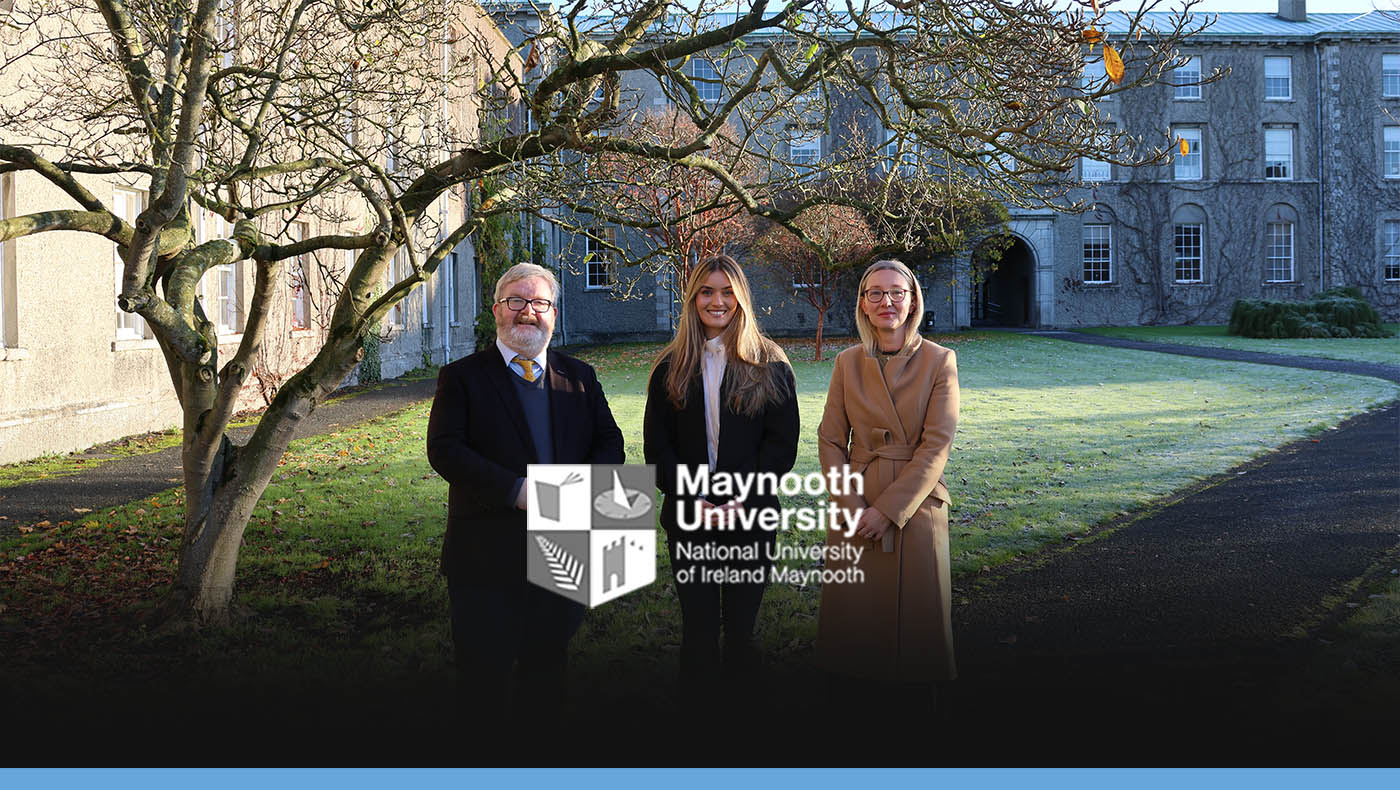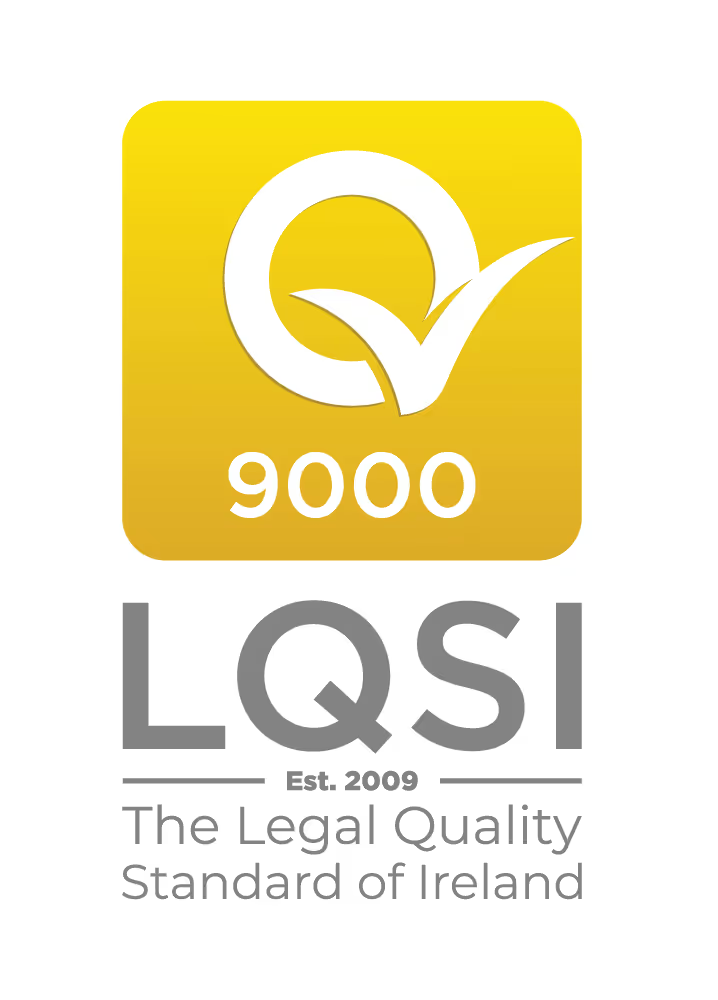The Work Safely Protocol (the “Protocol”) was published on the 14th of May 2021 and is a revised and updated version of the Return to Work Safely Protocol which was published almost a year ago this week. It provides guidance on ventilation, vaccines and antigen testing and reflects the most up to date Public Health advice. It also applies to all workers not just employees. Employers need to review the Protocol as soon as possible and ensure their workplace practices and policies are consistent and, if not, update them as a priority. We have summarised some of the more practical guidelines below.
Lead Worker Representative
The Protocol reemphasises the importance of the Lead Worker Representative (“LWR”) and states that each workplace “will appoint at least one Lead Worker Representative”. The LWR should support the infection prevention and control measures (“IPC”) identified in the Protocol. The LWR’s identity should be clearly communicated within the workplace and they should receive relevant and necessary training from the employer.
Steps for Employers and Workers to Reduce the Risk of Exposure in the Workplace.
Employers in consultation with LWR’s must take the following steps:
A. Keep COVID-19 Response Plan up to date.
This includes carrying out risk assessments, modifying or changing work practices where appropriate; taking account of workers' individual risk factors; implementing measures to deal with suspected COVID-19 cases and ensuring that these can be communicated to all staff including those whose first language is not English.
B. Implement and maintain policies and procedures for prompt identification and isolation of workers who may have COVID-19 symptoms.
This includes contact logs, ensuring contact details for all staff are up to date and providing information and training for staff on symptoms, public health advice and illness benefits. Workers should make themselves aware of symptoms and self-isolate and not go to work if they have symptoms.
C. Develop, update, consult, communicate and implement workplace changes and policies.
Employers should review and revise existing sick leave policies, agree through negotiation with workers/Trade Unions any temporary restructuring of work patterns and minimise rotation of staff, particularly agency workers. Where an employer has an occupational health service this can be used to address workers’ concerns and assist in training and advice on measures recommended under the protocol.
D. Implement COVID-19 Infection Prevention and Control Measures.
- Hand Hygiene: Ensure appropriate facilities and training are in place. Workers should follow guidance, to include using their own pens.
- Respiratory Hygiene: Provide tissues and bins and advice on good respiratory practice, to include the safe use, storage and disposal of face coverings. Workers should ensure they are aware of and following this advice at all times, to include use of face coverings
- Physical Distancing: The current recommended safe distance is 2 metres. Employers must facilitate physical distancing across all work activities. Measures recommended to assist include no handshaking policies, working from home where possible, organising workers into teams or pods, reorganising working and break areas and times, putting in place card payment methods, online meetings, proper ventilation, one-way systems, managing workplaces where there are workers in shared accommodation and preventing gatherings of workers. Where 2 metre distancing cannot be maintained, 1 metre should be maintained and the employer must provide readily accessible hand sanitising facilities, install barriers and provide PPE, to include face coverings, in line with Public Health guidance.
- Pre-return to work measures: The employer must have workers complete pre-return to work forms, provide training for all workers on their return, implement temperature testing where advised by Public Health and implement any voluntary COVID-19 testing that may be advised by Public Health. Workers must complete the pre-return to work forms, inform their employer of any circumstances which may need to be disclosed to allow their safe return to work, undergo as agreed any voluntary testing advised by Public Health and co-operate with their employer in relation to prevention measures, to include wearing PPE.
- Dealing with a Suspected Case: A detailed response plan should be put in place by the employer.
E. At risk workers:
There are two levels of higher risk – very high risk and high risk. There is different Public Health advice for each of these groups. If a worker is very high risk they may be advised to cocoon. If a worker in either of the categories “cannot work from home and must be in the workplace” the employer must ensure that they are supported to maintain a 2 metre distance at all times. A fitness for work medical risk assessment may need to be carried out for those in the very high risk category.
F. Working from home:
“All staff should continue to work from home to the greatest extent possible”. The employer should develop and consult on any working from home policy. The Health and Safety Authority (“HSA”) has provided good guidance on working from home on their website. In short, the recommendation is that only essential workers or other designated workers should attend the workplace.
G. Business Travel:
Business trips and face to face interactions should be kept to a minimum. Online or other alternatives should be used. The use of the same vehicle for multiple workers is not encouraged and, where necessary, the workers should be organised in a fixed team or pod. Vehicles should be ventilated and hand sanitiser and cleaning equipment provided. Workers should be encouraged to travel alone coming to and from work. The current advice is that there should be no overseas travel for non-essential purposes.
H. Contractors and visitors:
Workers, contractors and visitors should follow onsite IPC measures and Public Health advice. Induction training should be provided. Contact logs of visitors should be kept as well as logs of visits by workers to other workplaces.
I. Cleaning:
Cleaning of work areas must be conducted at regular intervals and policies put in place to deal with issues such as the use of hot desks.
J. Use of PPE:
The Protocol states that the use of PPE can help prevent some exposures, however, it should not take the place of other preventative measures. All IPC measures should be applied and maintained. Risk assessments must be carried out to select appropriate PPE. Workers should be trained on the proper use and management of PPE.
K. Customer facing roles:
Employers should, where possible, try to eliminate physical interaction. Hand sanitisers should be provided and physical barriers installed. Public Health regulations in relation to the use of face coverings should be implemented and face coverings provided to workers where 2 metre distancing cannot be maintained.
L. Antigen Testing:
The Protocol advises that such tests are an aid to Public Health in finding cases of COVID-19 however they are not a green light for workers or individuals to act in a certain way. If they are being used, full IPR procedures still need to be followed. Employers must discuss and agree its implementation and administration in consultation with their workers and worker representatives including the LWR and Safety Representatives. Consideration needs to be given to the administration of such a regime, such as whether an external provider will be engaged, the frequency of the testing and a policy in relation to workers who do not wish to take part. A risk assessment will need to be carried out and training and quality assurance managed if the testing is to be carried out in-house. Protocols must be put in place for the management of results which take into account GDPR implications.
M. Vaccination:
All IPR measures are currently to remain in place notwithstanding that workplaces may have workers who are vaccinated. The Protocol confirms that “the decision to get a vaccination against COVID-19 is voluntary and workers will therefore make their own individual decisions in this regard”. Employers should provide workers with information so as they may make an informed decision. While currently the vaccination programme is a matter for Public Health and not the employer, the Safety, Health and Welfare at Work (Biological Agents) Regulations 2013 and 2020 require that where a risk assessment shows that there is a risk to the health of a worker due to working with a biological agent for which a vaccine is available, a vaccine should be offered. The employer must provide all information on the benefits and drawbacks of getting or not getting the vaccination and the worker can then decide whether or not to avail of the vaccination. If the worker decides not to get vaccinated the employer must review their risk assessment and decide if the worker can carry out their work without the vaccination and what other preventative measures are needed. If it is deemed that it is not safe for the unvaccinated worker to carry out certain tasks they may need to be redeployed. Such a decision is to be made by the employer and a medical practitioner in consultation with the worker. The Tánaiste, while announcing the publication of the Protocol, advised that employers can ask staff who refuse vaccines to step back from customer facing roles.
N. Mental Health and Wellbeing:
Supports should be put in place for workers suffering from stress and anxiety. Information on IPR measures in the workplace should be provided to workers. Workers should be made aware of Employee Assistance Programmes where available. The HSA has resources available to assist with managing mental health and wellbeing in the workplace.
O. Heating, Ventilation and Air Conditioning:
Ventilation should not be seen as a replacement for other IPR measures. It is to assist in minimising transmission. The Safety, Health and Welfare at Work (General Application) Regulations 2007 require employers to ensure there is an adequate supply of fresh air in enclosed workplaces. Determining adequate ventilation should be assessed by way of a risk assessment.
P. Legionella:
Certain workplaces such as hotels, leisure facilities, offices, dental clinics and hairdressers will need to ensure they have adequate control measures in place to avoid Legionnaires’ disease.
Conclusion
In short, the Government’s advice is that employers should consider antigen testing, however, it is not a substitute for prevention and control measures. Vaccinations are to remain voluntary and again are not a green light to ignore Public Health measures. The advice on working from home has not changed and only essential workers or other designated workers should attend the workplace. While the Protocol has been described by the Government as a toolkit for employers, there are issues which still need to be addressed, such as, what does an employer do where a worker refuses redeployment? What level of consultation with employee bodies is required? What does an employer do if workers refuse changes in shift or break patterns? The requirements of GDPR and health and safety obligations will also need to be finely balanced. Each of these matters will need to be dealt with on a case by case basis and advice should be sought before any action is taken against workers or policies implemented. As with all employment and health and safety matters risk assessments, polices, communication with staff and training are paramount.
Full details of the Protocol can be found at https://enterprise.gov.ie/en/Publications/Publication-files/Work-Safely-Protocol.pdf
For more information please contact Caoimhe Heery, Partner at Email: caoimheheery@fod.ie, or phone +353 87 2935332 or any member of the FOD Employment Team.
This article is current as at 17th of May 2021 and is provided for information only and does not constitute legal advice.







